A week ago at this writing, I received a very exciting set of packages at my front door, included in these were the Schiit Audio Lyr 3 Fusion Architecture™ Headphone Amp and Preamp, the Schiit Audio Gungnir 2 Balanced Multiform™ DAC, and the Schiit Audio Skoll F Balanced Discrete Class A Zero Feedback Remote Control Phono Preamp. This of course will result in four separate reviews, one for the amp, one for the DAC, one for the phono stage, and one for Schitt Audio’s new “Get Forked” Unified Control System featuring Schiit Audio Forkbeard Modules that were provided with each unit allowing centralized control utilizing the Forkbeard App on your Apple Device. Given my love of Analog, I decided to start with the Skoll F.
The Schiit Audio Skoll F Balanced Discrete Class A Zero Feedback Remote Control Phono Preamp

What sets the Schiit Audio Skoll F Balanced Discrete Class A Zero Feedback Remote Control Phono Preamp apart is the fact that it is a state-of-the-art solid-state phono stage offered at an entry-level budget. The Skoll F employs “uber-simple”, fully discrete, differential Class A zero feedback gain stages and a fully passive RIAA network. “not an op-amp in sight.” The gain stage of the Skoll F is a compound JFET-BJT pair running on massive 64V rails for enhanced linearity and freedom from overload with over 100dB signal-to-noise ratio for 40dB of gain, and up to 70dB of gain on tap. Either balanced or single-ended input or output without performance restrictions with four gain levels, the Skoll F is compatible with virtually any cartridge, from MM to MC to MI. On top of that, there are relay-switched inputs for two turntables, plus relay-ladder loading for both Impedance and Capacitance values, as well as a switchable passive LF filter. Schiit even went so far as to post-filter the relay power supplies and make the microprocessor turn off when not in use, in order to keep Skoll exceptionally noise- and interference-free.
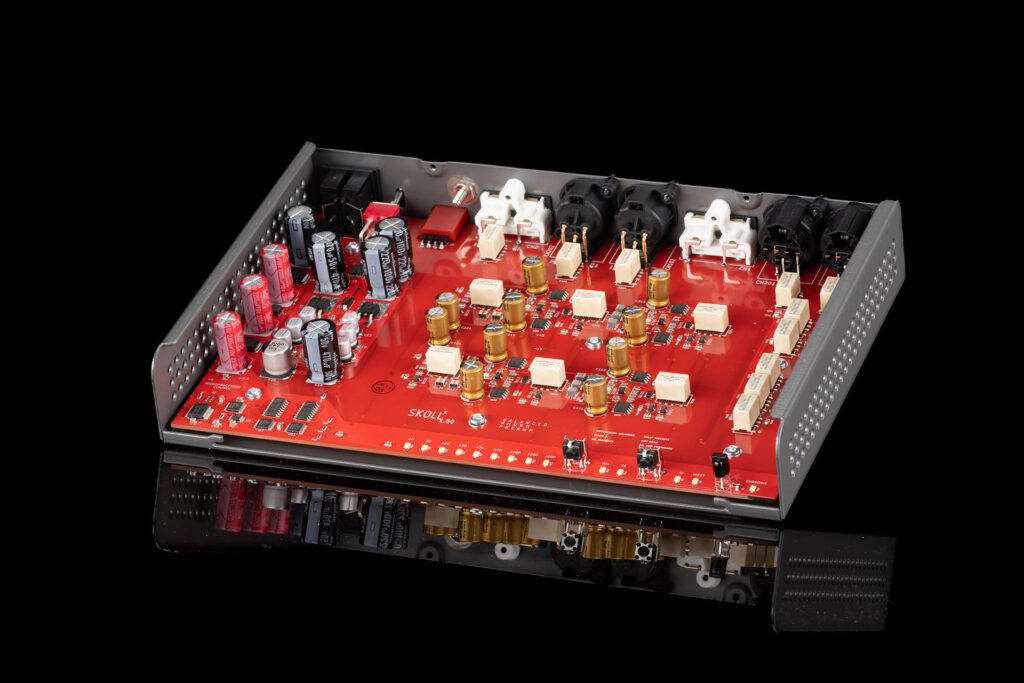
An infrared remote control is provided and the Skoll F is Forkbeard compatible for total system, multi-stack control via your iOS device allowing you to select input (balanced or SE input), change gain ( 40, 50, 60, or 70dB0, Change resistive loading (47kΩ, or 10Ω, 50Ω, 100Ω, or 150Ω), change capacitive loading (50, 100, 150, or 200pF), or select LF filter (no LF filter, or engage the 2-pole/15 Hz passive network). Like most Schiit Audio products the Skoll F is Designed and Built in the USA, which is to say the vast majority of the total production cost of Skoll F; chassis, boards, assembly, etc, goes to US companies manufacturing in the US. The chassis are made in California, the PCBs are made in California or Utah, and it all comes together in their Corpus Christi facility.
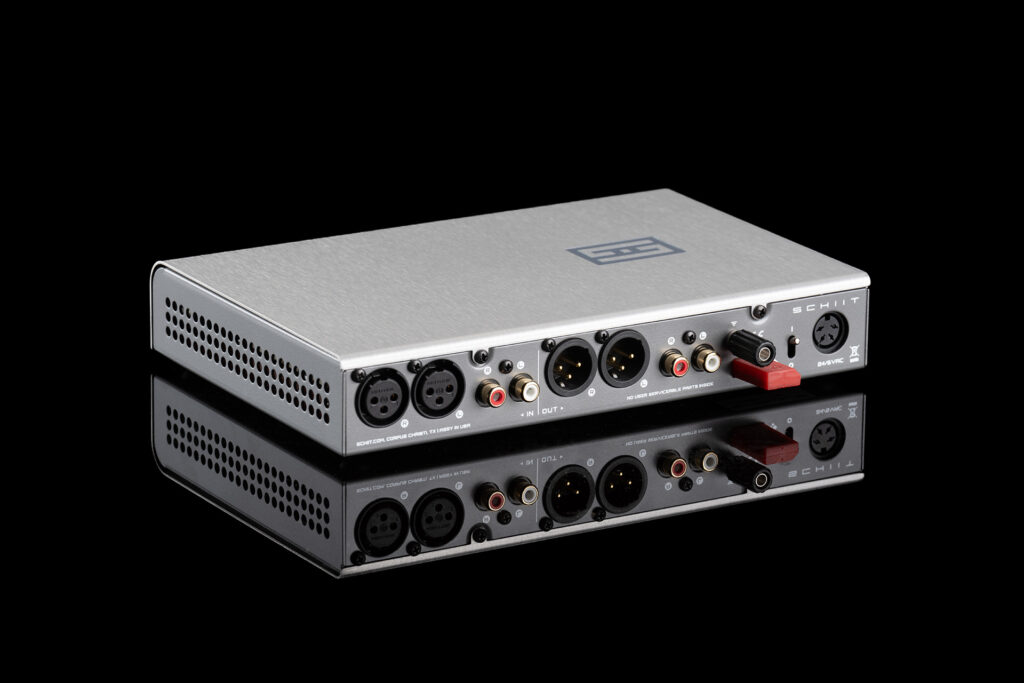
Living with the Schiit Audio Skoll F Balanced Discrete Class A Zero Feedback Remote Control Phono Preamp
I let the Schiit Audio Skoll F Balanced Discrete Class A Zero Feedback Remote Control Phono Preamp burn-in with the other units for about a week, though without signal as it would not be practical to run vinyl continuously for that period of time, not to mention it would be devastating to my record collection. For turntable, I used my newly acquired Maplenoll Ariadne Air-bearing Turntable fitted with my Grado Opus 3 cartridge. Originally developed by Bruce Thigpen, the Maplenoll Athena was as far as I know the first fully air-bearing turntable and air-bearing tonearm, the Ariadne was an advanced model utilizing a Corian base and a lead platter weighing in at about 55lbs. For air source, I used a 6-gallon tank filled to 175psi then metered to the necessary 40 psi to operate the table so that there is no compressor or pump in play during playback.
For my initial listening I used the Lyr 3 with my Dan Clark Audio E3 Planar Magnetic Headphones before switching to my reference system: LSA VT-70 Tube Integrated Amp, Audio-gd R2R-1 DAC, Black Dragon Cables, Core Power Technologies A/V Equi=Core 1000, Vera-Fi Audio VBH-1 (Vibration Black Hole) isolation feet, XSA-Labs Vanguard Loudspeakers, two Veri-Fi Audio LLC Vanguard Caldera 10 Active Subwoofers.
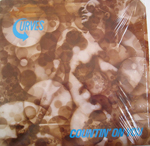
I started my listening with Curves’ “Countin’ On You” featuring my friend Joey “Detroit” Toth on drums and backing vocals. The vocals were extremely musical, the bass was strong and tight, the percussion crisp and detailed, with excellent dynamic range. The Rhodes piano was very natural sounding, and the high-hat was mellow with extreme shimmer and no spit. The soundstage was three-dimensional with decent depth of field.

This was followed up by another local L.A. musician The Dark Bob who I met through performance artist/musician Hans Christian though admitted I owned the album before we met. Again the bass for “Uncontrollable Love” was impactful as were the tympani strikes. While The Dark Bob’s vocal was in-the-room realistic and natural. As before the soundstage offered quite a bit of depth giving quite a feeling of space.
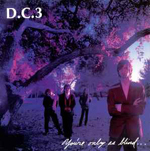
Switching to the LSA VT-70 and my Dan Clark EXPANSE Planar Magnetic Headphones I kept to my theme of listening to albums I haven’t heard in over 3 Decades and local talent I put on “…as your mind can be” by D.C.3 which sports my friends Dez Cadena (of Black Flag fame) and Paul Roessler (45 Grave). The speed and resolution were phenomenal. Again the tonal balance was perfect and the musicality sensational.
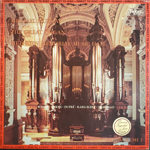
As a final test, I moved over to my HIFIMAN Shangri-La Mini amplifier and the Audeze CRBN 2 which I have in for review (pending). I will note that the balanced output has significantly more gain than the single-ended output, which makes sense as it is four times the output (I know it is rated at only twice the output, but as a balanced output it is also half the impedance so for the same voltage you get twice the power), hence with the Lyr 3 I used max gain, with the HIFIMAN I use minimum gain. For this, I listened to Telarc’s Direct-to-Disc recording of “Michael Murray Playing The Great Organ in the Methuen Memorial Music Hall” The dynamics were to die for and the soundstage was expansive and enveloping. It was brilliant how you could hear the different pipes as they moved around the hall. Pipe organs are interesting instruments in that the individual pipes (6065 of them in this case) are arranged all throughout the hall rather than in one singular place and the Skoll F gave a clear placement of them, not just side to side but front to back as well.
As a side note, I will point out that the Schiit Forkbeard proved to be very handy as I found it much easier to adjust the gain from the Forkbeard App. I did not use the LF filter as it wasn’t an issue with headphones, and I don’t anticipate rumble to be an issue with my particular turntable.
Conclusions on the Schiit Audio Skoll F Balanced Discrete Class A Zero Feedback Remote Control Phono Preamp
Wow, just wow. I mean analog is analog and with a high quality phono stage like the Schiit Audio Skoll F Balanced Discrete Class A Zero Feedback Remote Control Phono Preamp it is going to give you performance equivalent to a DAC of at least 10 times the price, after all this is the type of circuitry you expect in the analog section of a $4,000 DAC. Of course, you have to deal with the basic foibles of vinyl like pops and clicks and surface noise which I was actually able to hear with the Direct-to-Disc record which doesn’t have the tape noise that is the usual noise floor of most albums, but for those looking to recreate the original sound of the musicians, this is a small sacrifice.
With a linear tonal balance, excellent dynamic range, and extreme noise floor which gives you a massive soundstage the Skoll F is a fantastic stage phono stage, and with the ability to control both input impedance and input capacitance along with both single-ended and balanced inputs (for those who have a second turntable for 78s or mono, the switchable inputs is a boon), an LF filter and four position gain control the Skoll F is incredibly versatile and the remote and Forkbeard control which add to the convenience making the Skoll F a stellar choice pitching way above its pay grade.
This is one of the most easy recommendations I have come across, two thumbs up.
Price: $399
Manufacturer’s Website: https://www.schiit.com/products/skoll-f
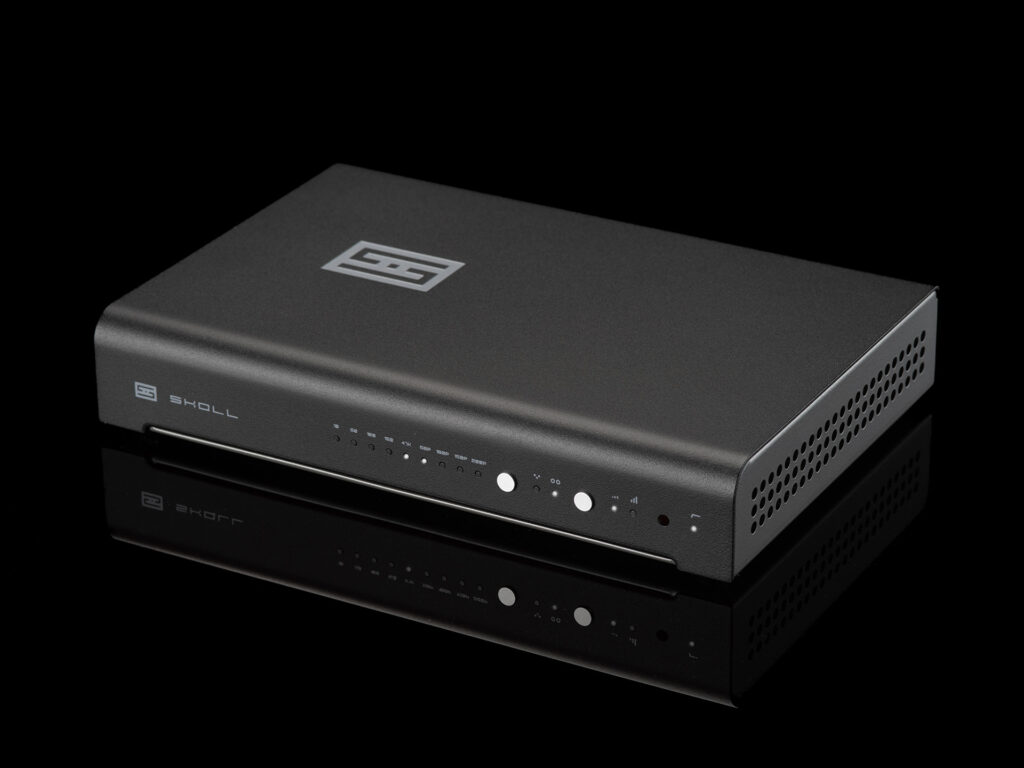
Specifications: (as printed on the Schiit Audio webpage)
SPECS THAT MATTER
Gain: enough for all turntables, all cartridges
Noise: insanely low for a turntable, you’ll be hearing the pops not the hiss
Distortion: 10-100x lower than any record you’ll play
Heat: top gets moderately warm; nothing to worry about, we make stuff that runs waaaaaay hotter for years and years
Size: smaller than a typical rack product, but probably not small enough to hide behind the turntable
OTHER SPECS
Gain: 40db
THD: <0.006%, ref 4V RMS balanced, 2V RMS SE
SNR: >102dB, A-weighted, ref 4V RMS balanced, 2V RMS SE
Crosstalk: -100dB, 20-20kHz
Sensitivity: 2.85mV for 300mV output at 1kHz
Gain: 50dB
THD: <0.02%, ref 4V RMS balanced, 2V RMS SE
SNR: >90dB, A-weighted, ref 4V RMS,2V RMS SE
Crosstalk: -98dB, 20-20kHz
Sensitivity: 0.78mV for 300mV output at 1kHz
Gain: 60dB
THD: <0.03%, ref 4V RMS balanced, 2V RMS SE
SNR: >85dB, A-weighted, ref 4V RMS balanced, 2V RMS SE
Crosstalk: -95dB, 20-20kHz
Sensitivity: 0.34mV for 300mV output at 1kHz
Gain: 70dB
THD: <0.06%, ref 4V RMS balanced, 2V RMS SE
SNR: >70dB, A-weighted, ref 4V RMS
Crosstalk: -84dB, 20-20kHz
Sensitivity: 0.09mV for 300mV output at 1kHz
Maximum Output: 20V RMS balanced, 10V RMS SE
Overload Margin: >20dB
RIAA Accuracy: +/- 0.15dB, 20-20kHz
Low Frequency Filter: switchable 2 pole at 15 Hz, fully passive, for balanced XLR outputs
Output Impedance: 10 ohms
Input Loading: 10, 50, 100, 150, and 47k ohms resistive, and 50, 100, 150, or 200pF capacitive, switched via remote or front-panel button
Topology: Equipoise™ balanced, differential, fully discrete zero feedback gain stages, passive RIAA, 0.1% thin-film resistors, and 1-2% film capacitors, switchable passive CR LF filter, microprocessor oversight and relay switching, IR remote control, Forkbeard module optional
Power Supply: “wall wart” style 24/6VAC transformer, dual-filtered, regulated +45V/-19V rails, plus 5V/3.3V supply for microprocessor and relays
Power Consumption: 7W
Size: 9 x 6 x 1.5”
Weight: 2 lb

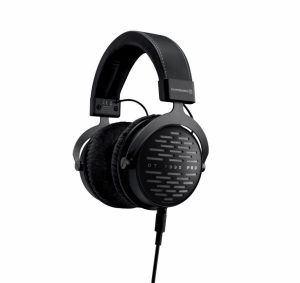
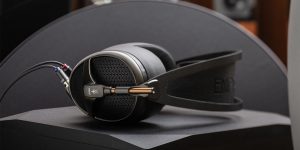
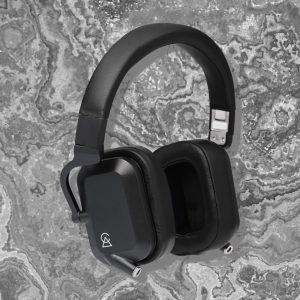
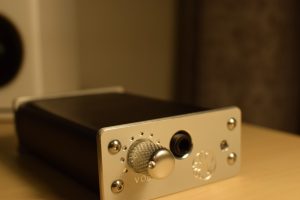
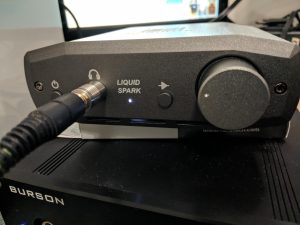

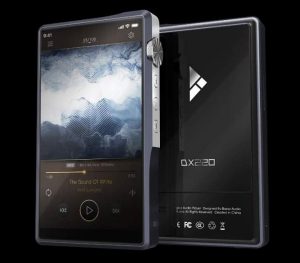
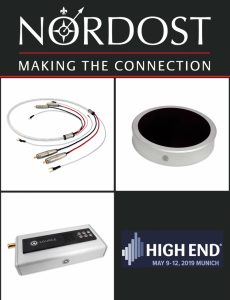


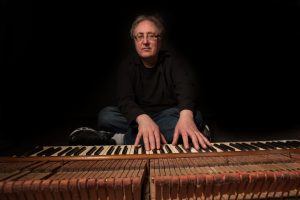
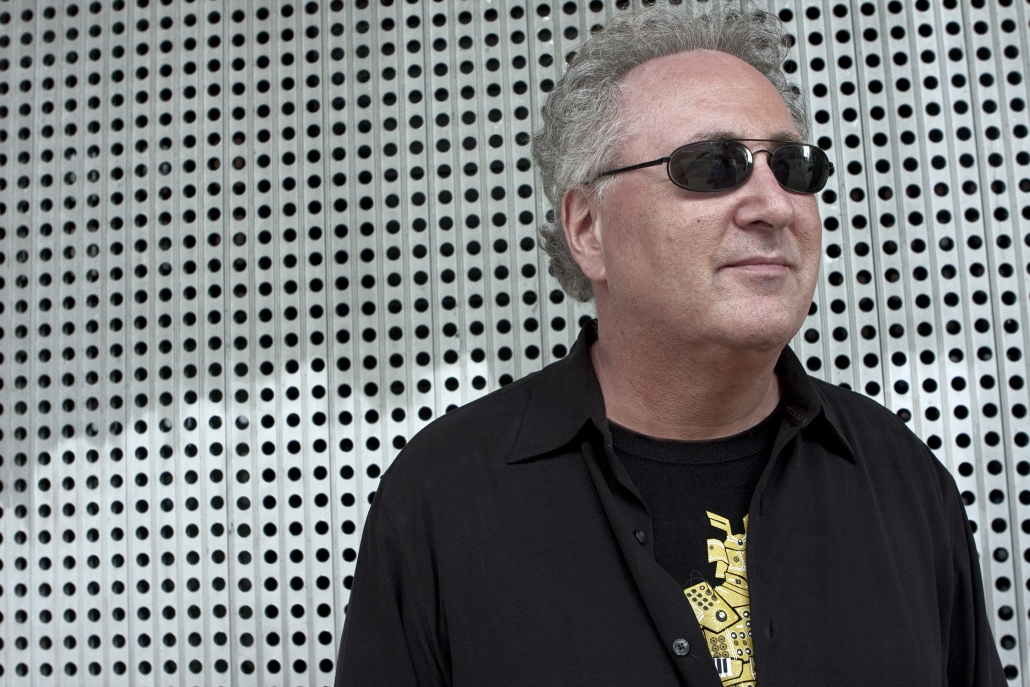

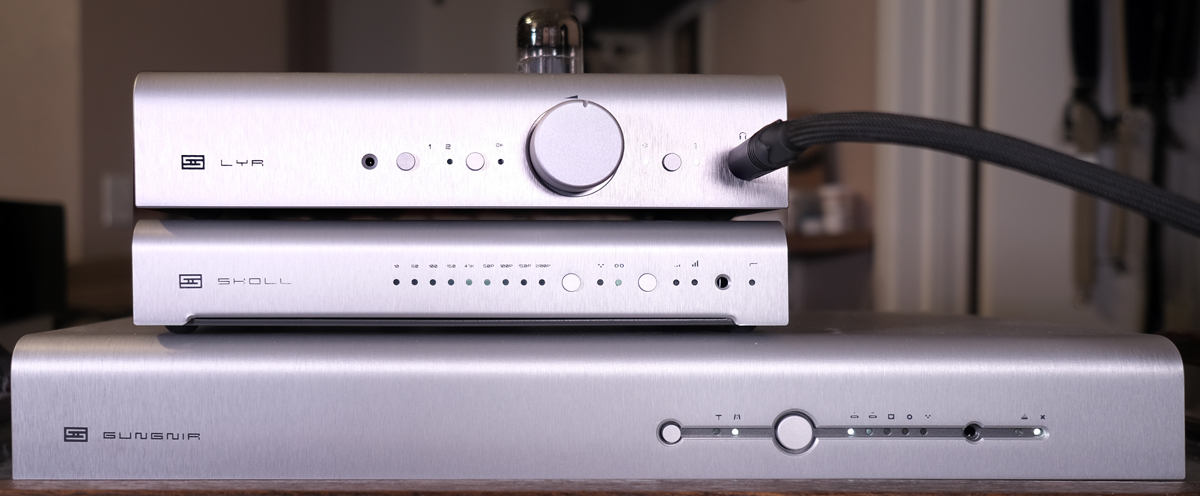
Want to join discussion?
Feel free to contribute!